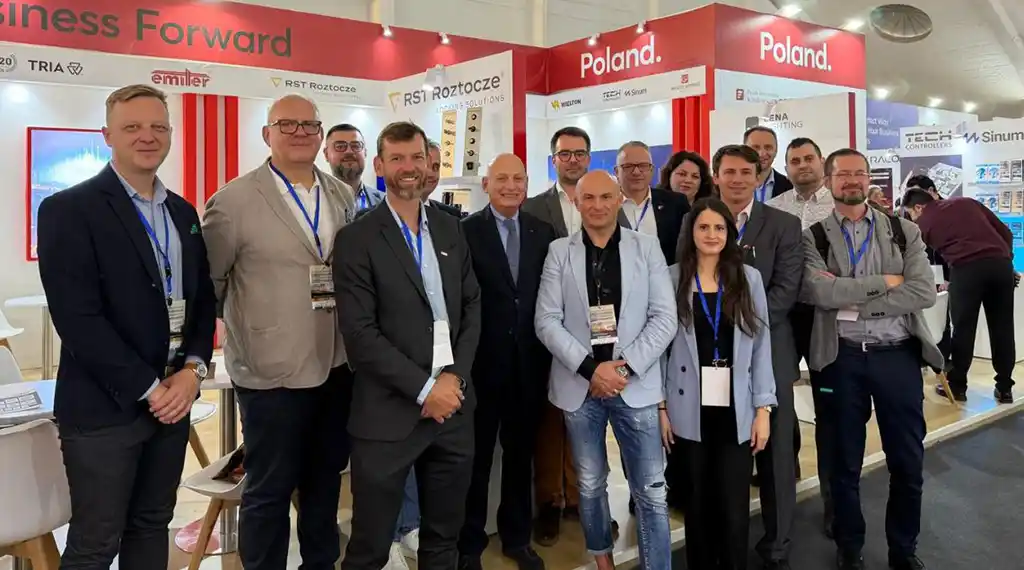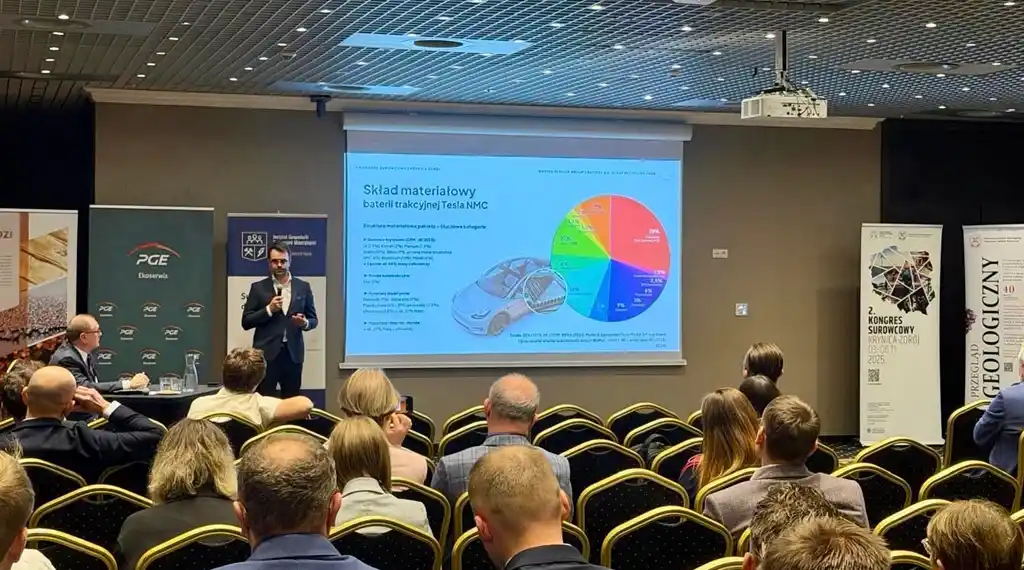
With the development of electromobility, the demand for battery recycling facilities is growing. This sector is just being created, but already in a few years the number of used cells will increase by an avalanche. While 99 per cent of them are recycled and the recovered raw materials are critical to the economy, experts say support is needed at the government level. It is about low social awareness and the resulting reluctance to create such establishments near buildings. Experts discussed the necessity of such investments during the New Mobility Congress in Łódź.
“We are entering the development phase of a lithium-ion battery, we will practically switch to electromobility in a few years, that is, a ban on the introduction of combustion cars, so the challenge will be a huge number of batteries from electric cars. The creation of plants, unfortunately, is fraught with the difficulty associated with the fact that it is a waste management, so here we need the support of the government, local governments towards facilitating obtaining such decisions. This is a challenge for the recycling market — Robert Makieła, president of the Wastes Service Capital Group, emphasizes in an interview with Newseria Innowacje agency during the New Mobility Congress in Łódź.
The problem is largely the social perception of the formation of waste recycling plants near settlements. In the opinion of experts, this is a serious psychological barrier, meanwhile, there is a lack of education on the processing of used equipment, such as precisely batteries. Meanwhile, recycling makes it possible to obtain valuable raw materials such as nickel, cobalt and lithium, which are classified as critical raw materials, which are of high importance for the European economy and high risks associated with their supply. For now, lithium-ion battery recycling plants are just being set up.
“We are talking about a scale that will be waiting for us in a moment. It will be several hundred times larger, and in a few years it will be large enough that protection through the construction of recycling plants will become a necessity. Their number, on the other hand, will be determined by the development of electric vehicle production — explains Robert Makieła.
As the expert assures, the battery recycling process is safe. 99% of the raw materials are recovered, so there is no fear of illegal disposal of hazardous waste. The development of this sector will contribute to the creation of new jobs.
— It is also taxes and the withdrawal of foreign business for investments in Poland. The rapid development of the construction of recycling plants will allow for more dynamic economic development in the automotive sector, new investments, create a number of jobs, cooperators or increase the dynamics of business development — names the president of the Wastes Service Capital Group.
According to the International Energy Agency (IEA), sales of electric vehicles doubled in 2021 compared to the previous year and reached a record figure of 6.6 million. By comparison, in 2011 it was 55,000 cars. There is also an increased demand for zero- and low-emission vehicles in Europe. In 2022, the share of BEV and PHEV reached the level of almost 23% in the Old Continent, which translates into almost 2.6 million units.
The growing demand for electric vehicles translates into an increase in the demand for lithium-ion batteries. According to BloombergNEF forecasts, by 2027, the production of lithium-ion batteries will increase by as much as eight times globally, reaching almost 9,000 gigawatt hours (GWh).
“We started the value chain of the lithium-ion battery industry in Europe in 2018 practically from scratch. Today, in all sectors of the sector, from extraction of raw materials to recycling, we generate more than 300 GWh of energy as part of domestic production. The goal is to reach 1,000 gigawatt-hours by 2030. We have achieved a lot, but there is still a lot to do — assesses Diego Pavia, Director General of EIT InnoEnergy.
According to the expert, the challenges that the European market will have to face in the coming years relate to three areas. These are shortages of raw materials, staffing shortages and automation, thanks to which it will be possible to scale production.
— 40% of the cost of batteries are raw materials: copper, nickel, manganese, cobalt or lithium. We do not have them in Europe, so we have to manufacture or mine them in Europe or import them. Secondly, there are shortages of relevant skills. To produce 1,000 gigawatt-hours, it takes about 2.5 million employees in the value chain. We are now very far from that goal. This is another gap that we need to fill. The third concerns industrial automation. Currently, China is four years ahead of us in terms of industrial automation, which allows greater profitability than in Europe. There needs to be development in this area — mentions Diego Pavia.
The production of lithium-ion batteries and, consequently, their recycling will be crucial for the energy transition. The fundamental aspect is the abandonment of cars with internal combustion engines. The issue of energy storage is also very important. Due to the fact that the production of energy from RES is carried out in a discontinuous manner, it is necessary to remember to ensure energy reserves in distributed networks. This is what batteries can be used for.

16/12/25
Wastes Service Group's participation in the ELEC Expo in Casablanca includes discussions on critical raw materials, battery recycling and stable supply chains for energy and electromobility.


16/12/25
We are pleased to announce that Wastes Service Group participates in the economic mission to Morocco, organized by the Polish Investment and Trade Agency (PAIH).


15/11/25
Wastes Service Group participates in Batteries Event 2025 in Lyon. Filip Gabryelewicz will present our new Battery & e-Scrap Recycling Park and present a practical approach to Urban Mining.
